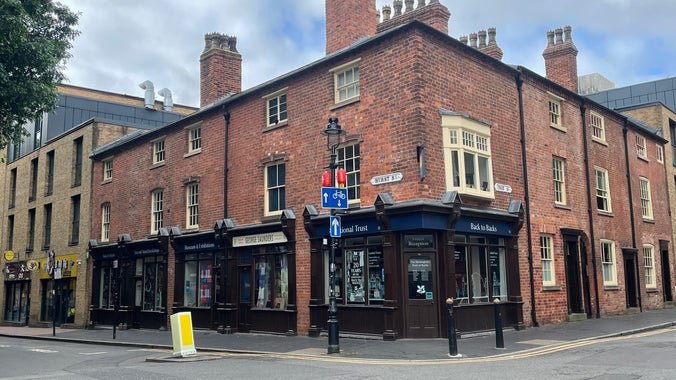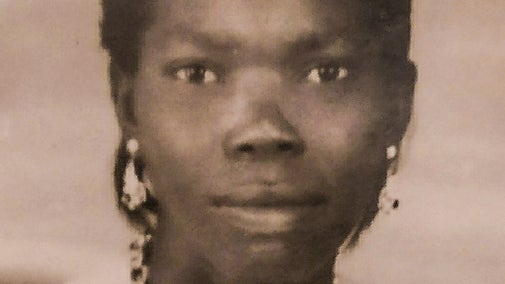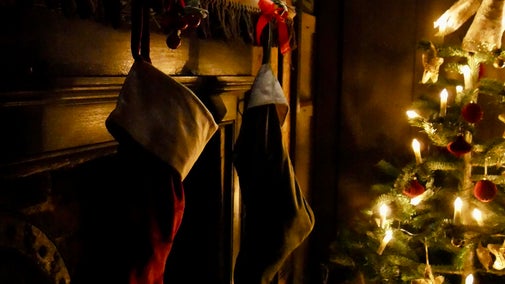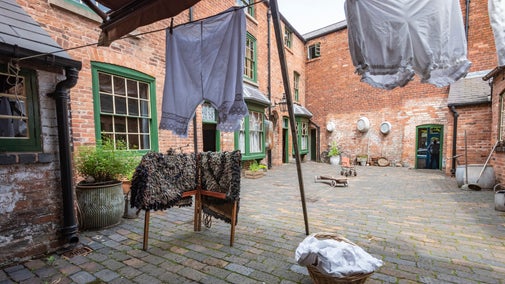
Donate
Help preserve working-class history at the Birmingham Back to Backs. Donate today to help relight our fires and preserve these unique homes, for everyone for ever.
Experience 200 years of working people's lives in the heart of Birmingham.
55-63 Hurst Street/50-54 Inge Street, Birmingham, West Midlands, B5 4TE
Book a visit
See our upcoming events, including special tours and talks.

Birmingham Back to Backs are open for visits by guided tour only, book online in advance to explore the stories of Court 15.

Opening Friday 3rd October, Mrs B: A Handsworth life explores the importance of home and community through the life of Mrs Anita Eutedra Bartley, fondly known as Mrs B.

For Christmas 2025, we invite you to get into the festive spirit with a trip back in time at the Back to Backs.

Join the award-winning Back in Time volunteer team from the Birmingham Back to Backs, for a group session designed to spark memory sharing in those with mild dementia.

School visits to the Birmingham Back to Backs are a fun and interactive way to engage young minds. Find out more about our workshops.

Whilst historic spaces present accessibility challenges, we’re taking steps to ensure as many people as possible can access the houses and their stories.


Help preserve working-class history at the Birmingham Back to Backs. Donate today to help relight our fires and preserve these unique homes, for everyone for ever.